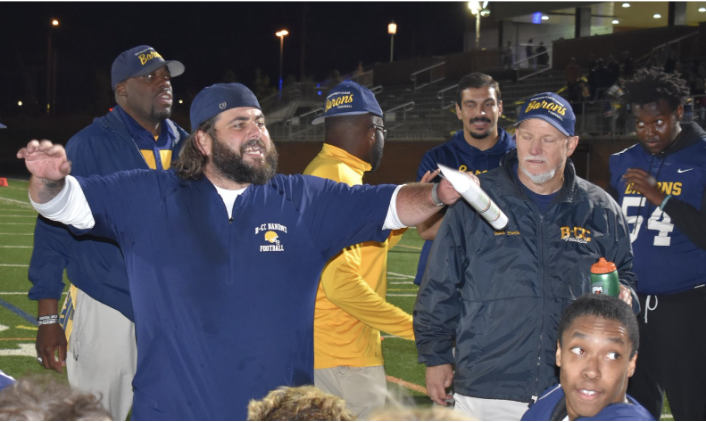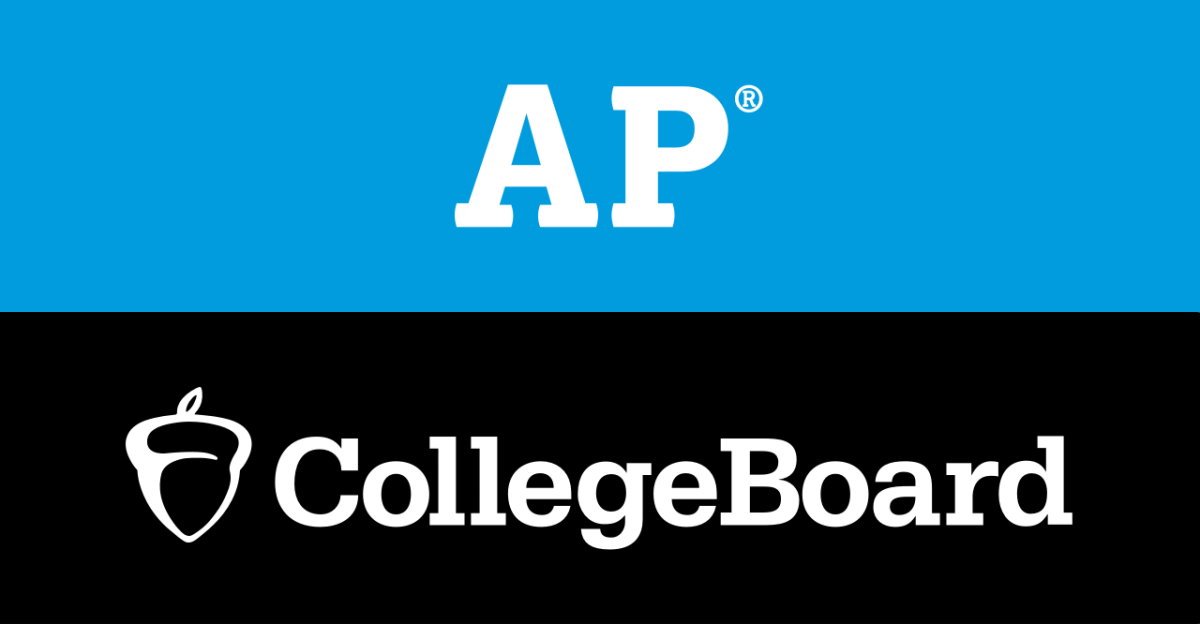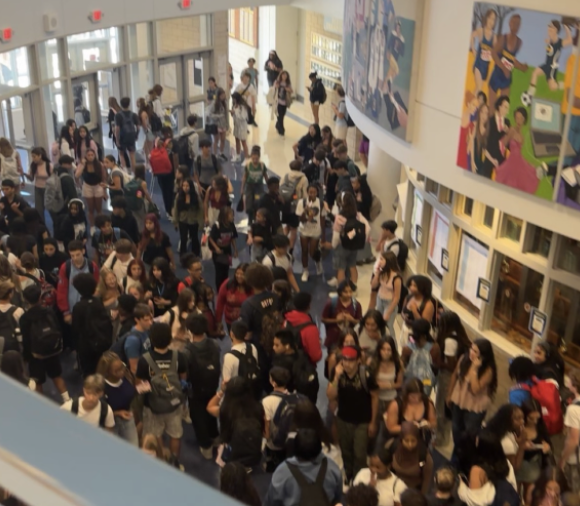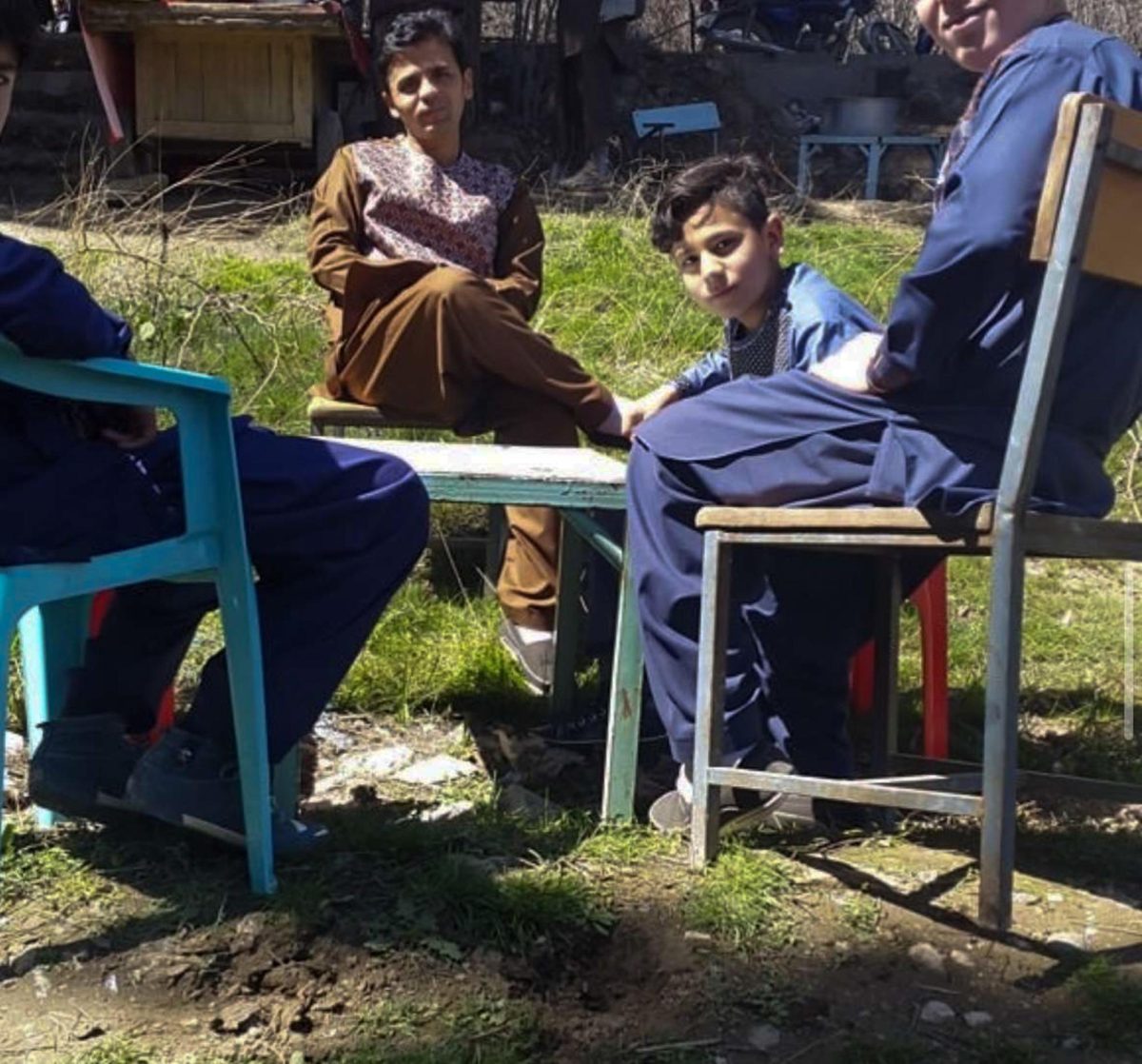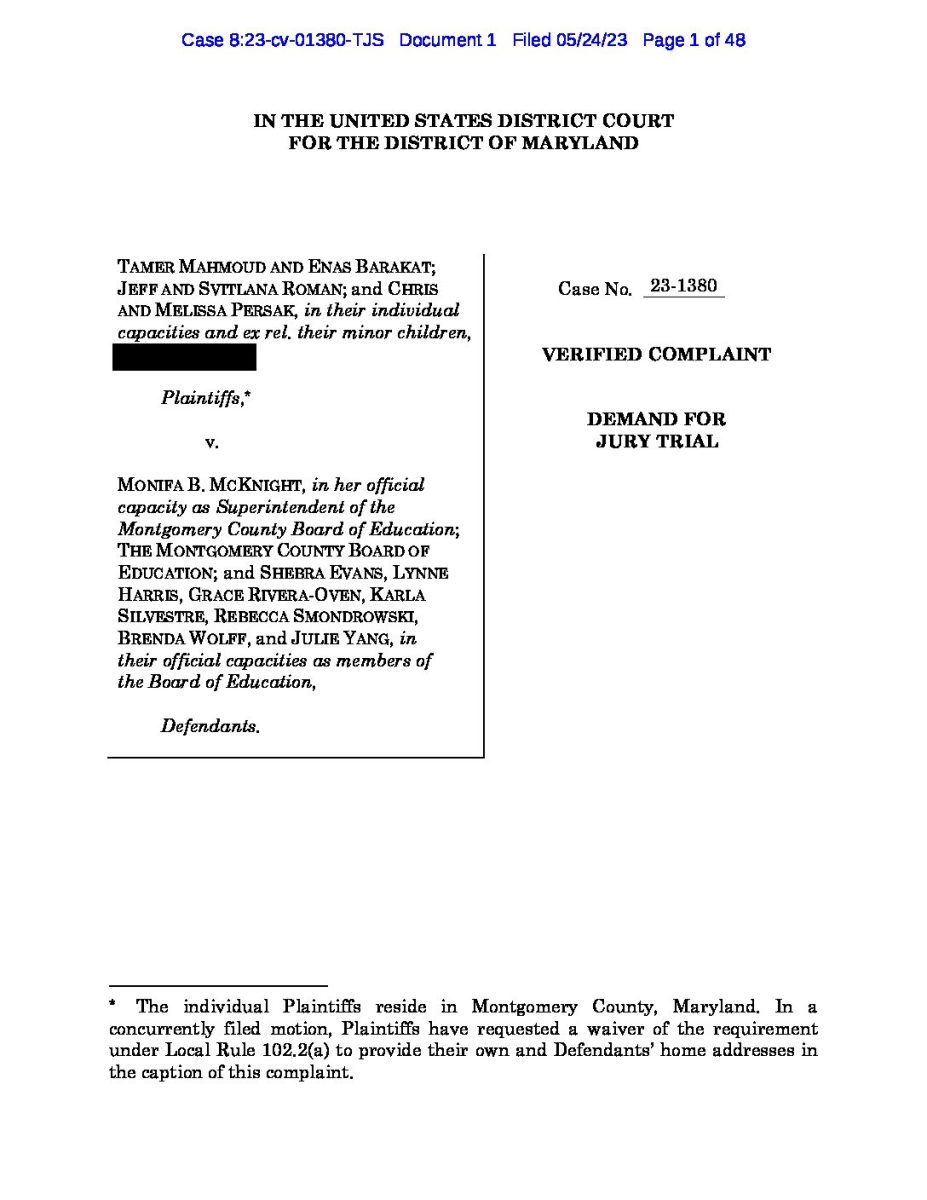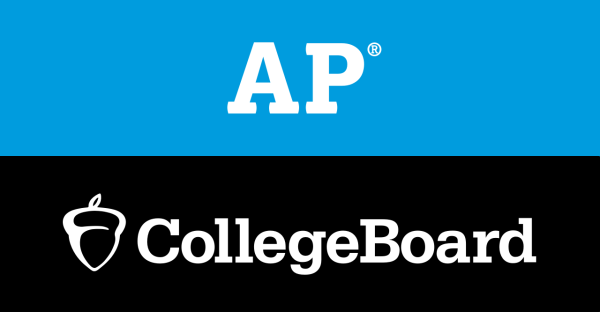The Financial Aid System is Failing Middle-Class Students: How One Flawed Formula Leaves Them Vulnerable to Loans and Debt
“FAFSA does not take into account financial circumstances, thus we, the middle-class struggle the most when it comes to affording these costs of attendance. It all just feels like a cash grab, especially for families that work daily.”
“When I received my financial award letter from Townson, I only got $4k in loans – which is unfortunate because we would still have to pay $31,000 a year for me to attend…it also makes me worried about housing costs, and my sister and I also play for an orchestra outside of school, which is also expensive,” said B-CC senior Jessie Vasquez.
The financial aid system in the United States has a structural problem that disproportionately impacts middle-class students. Students from low-income families benefit substantially from federal student aid, which often pays a sizable portion of their tuition once they complete their Free Application for Federal Student Aid (FAFSA). However, securing enough federal assistance for middle-class students has become increasingly challenging because, oftentimes, their financial need is less apparent.
Although FAFSA is an essential tool for assisting students in financing their education, the form to determine the Expected Family Contribution (EFC) is particularly unfair to middle-class students. As most middle-class families’ EFCs are considered too high to qualify for aid, the amount of federal aid they receive is often minimal, leaving them vulnerable to racking up loans. According to Journey, a student journal that discusses the financial challenges faced by students pursuing higher education in the United States, the proportion of middle-class students who have to take out a student loan because they have been denied government financial aid has risen from 30% to 60% in the last two decades.
Milena Honku, a B-CC senior, agrees, stating, “FAFSA does not take into account financial circumstances, thus we, the middle-class struggle the most when it comes to affording these costs of attendance. It all just feels like a cash grab, especially for families that work daily.”
The result of these factors is that many middle-class students are left with a glaring gap in their financial aid package, which can make it difficult for them to meet the cost of attendance for these schools, and, in some cases, prompt them to avoid college entirely. According to a Hechinger Report study, “In the past two decades, the share of middle-class students—those from families in the middle 60 percent of income—has dropped from 48 percent to 42 percent at private, nonprofit schools, and from 48 percent to 40 percent at public, four-year schools.”
“The unmet need just creates an environment that discourages middle-class youth from attending college, simply widening the educational gap,” said Milena, adding, “I hope policymakers choose to address the issue soon.”
A major caveat of the EFC formula is that it does not account for the high cost of living that many middle-class families confront, assuming they have significant savings. Families like Aidan Lepinsky’s are thus forced to balance tuition costs, mortgage payments, and extracurricular activities.
“Throughout my college application process, I received so little money,” said senior Aidan Lepinsky, adding, “There were several colleges I had to cancel out due to the little money they gave me compared to their yearly tuition.”
According to Jessie Vasquez, the lack of financial assistance extends throughout the majority of college. Gabby Vasquez, her older sister who earned her bachelor’s degree at the University of Maryland, faced a similar dilemma of receiving subpar aid due to “not being considered eligible for more financial assistance [i.e grants and subsidized loans].”
Whether FAFSA or policymakers choose to address the issue is unknown; however, other middle-class seniors, such as Raia Dunn, are firm in their belief that it should, claiming, “FAFSA, in essence, is a great idea because ideally it can help every student in need of financial aid.”
Amanda is a senior who writes articles for the Tattler, including our Spanish section, Barones Bilingües. In her spare time she enjoys watching tv shows...
Nat is a B-CC senior and is reprising his role as section director of art and photography for the second year in a row. In his free time, Nat enjoys boxing,...







